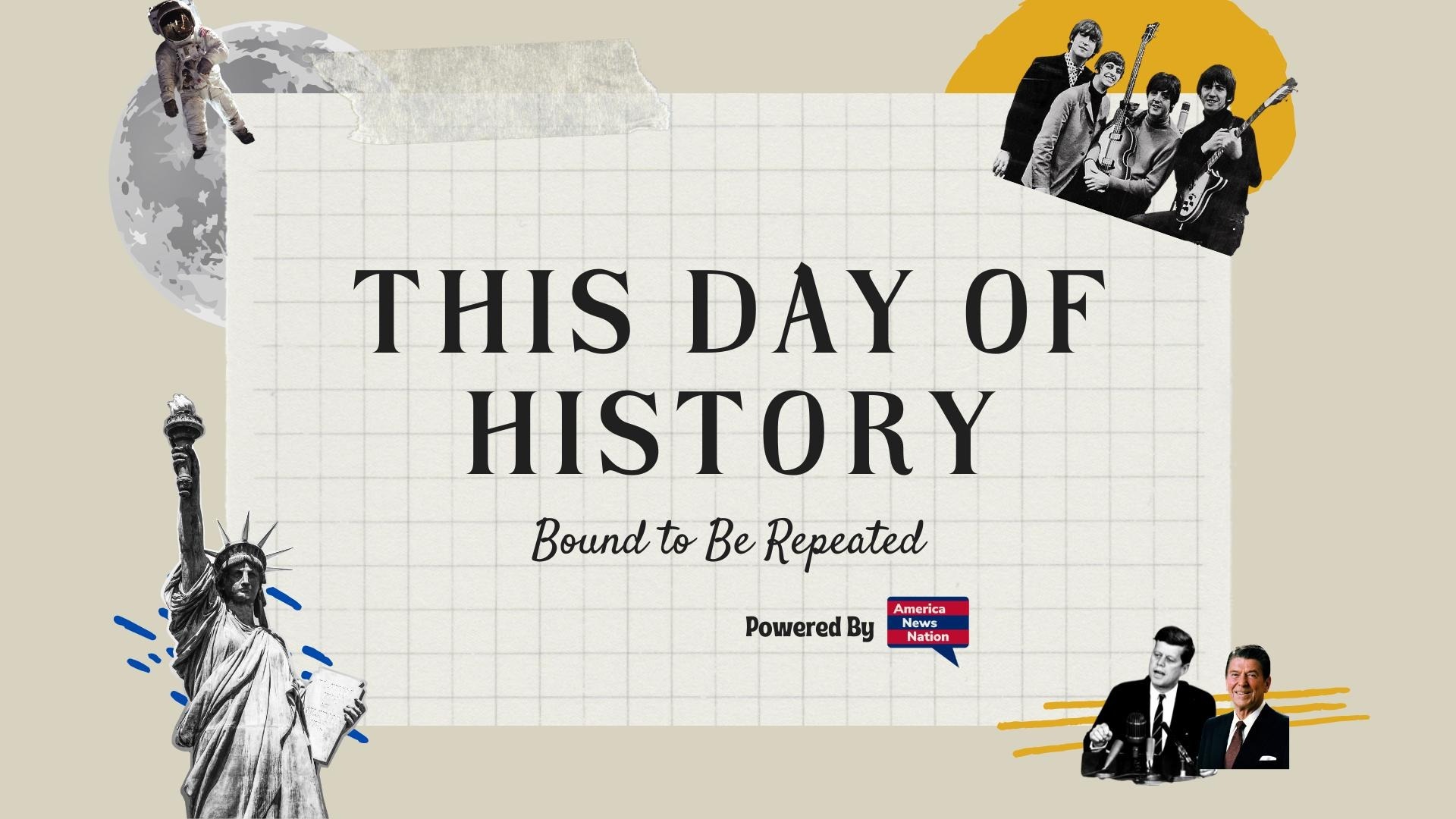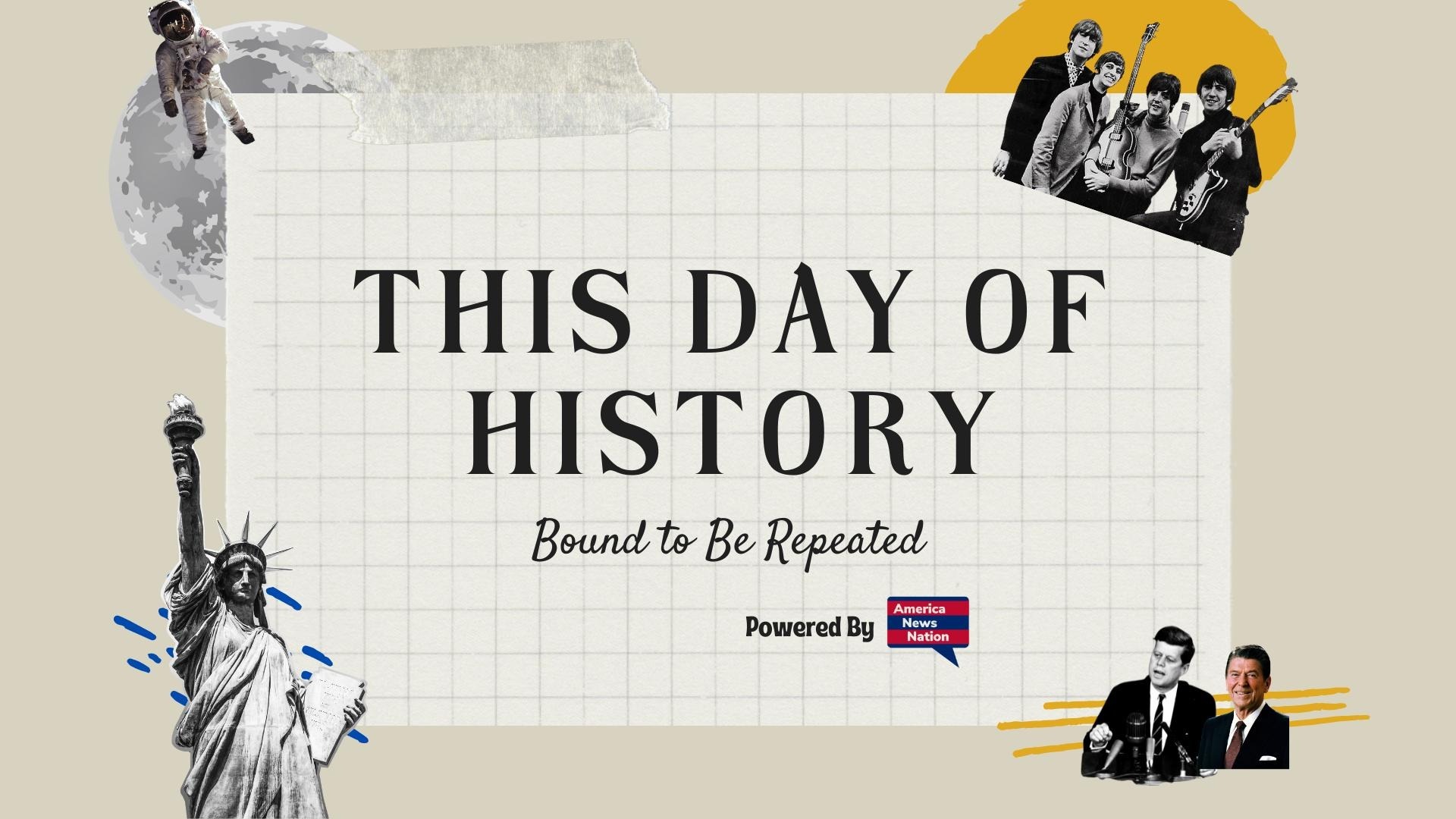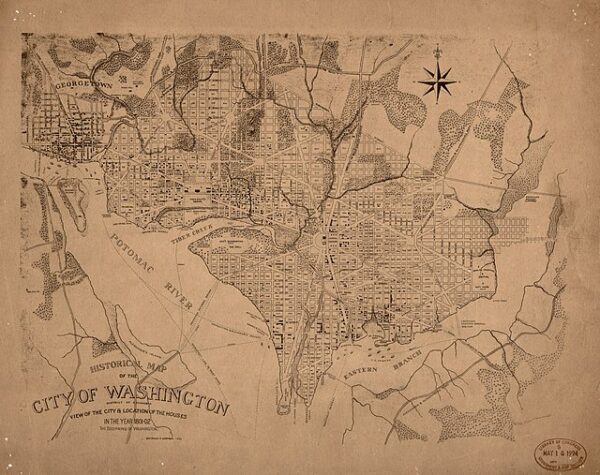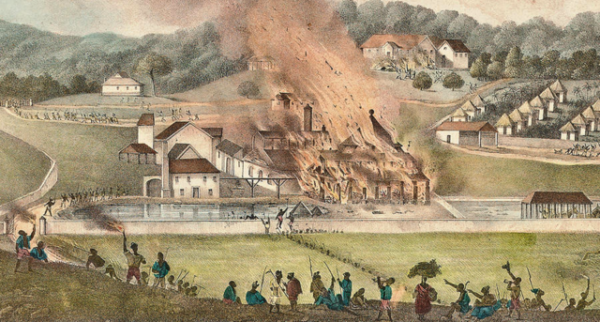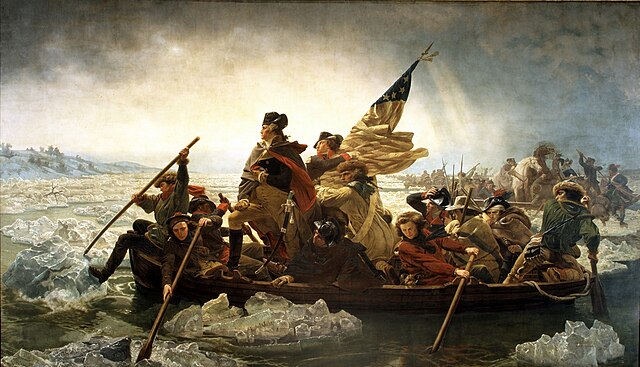On May 3, 1802, the City of Washington—the urban core of the newly established District of Columbia—was formally incorporated by act of Congress, inaugurating a mayor-council form of government and dissolving the three-man Board of Commissioners that had governed the district since its inception. Though modest in scope and limited in democratic reach, the incorporation marked a foundational shift in the political architecture of the federal capital: the transformation of an abstract administrative territory into a functioning municipality with an identifiable civic structure and embryonic local authority.
The District of Columbia itself was born from compromise, forged in the legislative crucible of the 1790 Residence Act. To appease both Northern and Southern interests in the early republic, Congress authorized a ten-mile square federal district along the Potomac River—territory donated by Maryland and Virginia—to house the national government. Crucially, this district was to be politically distinct from any state, immune to parochial influence and under direct congressional control. Yet this theoretical neutrality quickly ran aground on the practical exigencies of governing actual people. Workers, artisans, merchants, and bureaucrats soon filled the city’s muddy streets, and their daily needs—sanitation, infrastructure, public order—demanded a governing authority more responsive than the distant and unelected Board of Commissioners.
Established in 1791, the Board had been tasked primarily with overseeing construction and surveying duties, not municipal governance. It operated more as a planning agency than a city government, answerable to Congress and the president but alienated from the nascent urban population. As discontent mounted with the commissioners’ inefficacy and aloofness, Congress—keenly aware that the capital was becoming a city in fact if not yet in law—acted to reconfigure its governance.
The 1802 charter, while constrained by the paternalism of federal oversight, nevertheless introduced a recognizable civic form: a mayor appointed annually by the president, and a 12-member city council elected by white male property owners. It was a narrow and deeply exclusionary electorate, to be sure—but within the anti-democratic norms of early republicanism, the move constituted a meaningful step toward local political agency. In place of distant commissioners came a formal city government, capable of responding to urban needs and projecting a coherent municipal identity.
President Jefferson’s first mayoral appointee was Robert Brent, a prominent landowner and public-spirited Virginian who would serve ten consecutive terms. Though lacking electoral legitimacy, Brent brought to the office a reformist ethos and a concrete vision for Washington’s growth. Under his tenure, the city witnessed the establishment of public markets, rudimentary schooling, improved street grading, and the beginnings of a local police force. Brent governed as a kind of republican magistrate—unelected, but guided by civic virtue and animated by a belief in ordered development.
